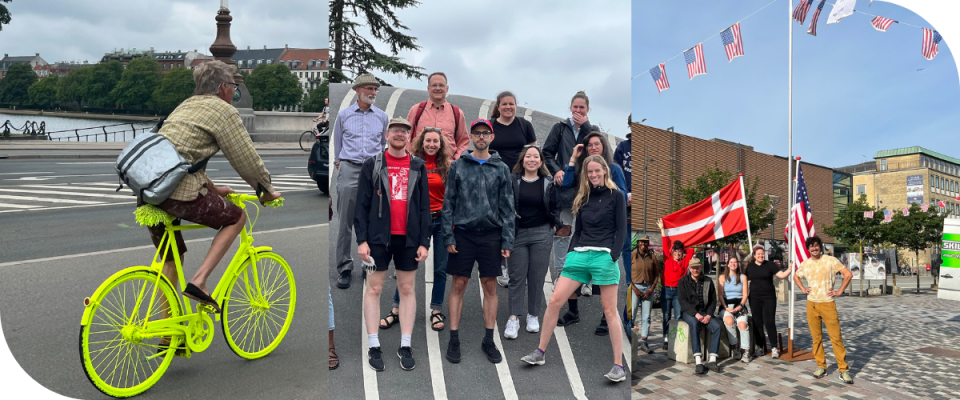Portland State University offers an introduction to sustainable transportation and land use applications in the context of Denmark through a two-week study abroad program in the summer 2025 term.
Program dates: June 21 - July 5, 2025
Application deadline: March 1, 2025
Learn more on the study abroad program page: Sustainable Transportation in Denmark.




